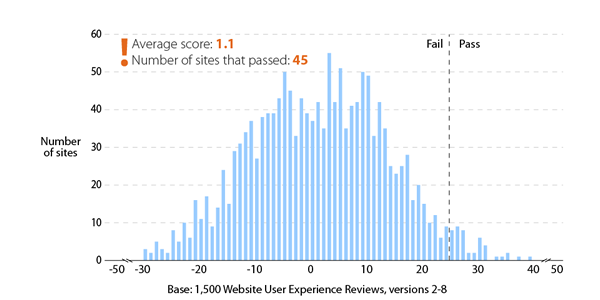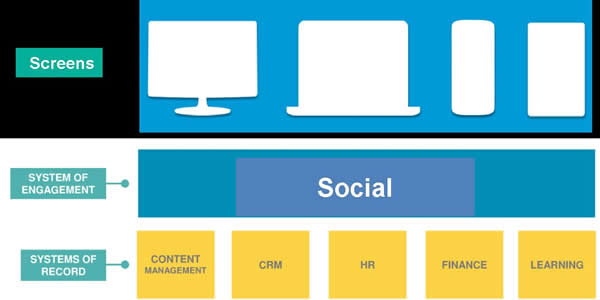Category: Value
-
“Democratic” tech is shifting the balance of power from big to small
Read more: “Democratic” tech is shifting the balance of power from big to smallNothing is going to stop consumerization of the enterprise. Nothing is going to stop Bring Your Own Device. Nothing is going to stop Software-as-a-Service. Nothing is going to stop the…
-
Customer service is the new marketing
Read more: Customer service is the new marketingMarketing used to be all about the art of communicating a brand message to, hopefully, the right audience at the right time and place. Today, whilst the business of crafting…
-
Don’t let corporate culture issues frustrate your CRM investment
Read more: Don’t let corporate culture issues frustrate your CRM investmentCorporate culture issues not technology problems are the primary inhibitor preventing companies from extracting the best value from their CRM systems. That’s the view of CRM consultant Gene Marks in…
-
We’re all public companies now
Read more: We’re all public companies nowIBM has an excellent series of videos, promoting their smarter marketing agenda, such as these two. We’re all public companies now. There is no curtain to hide behind any more:…
-

Your website almost certainly sucks: Forrester Research
Read more: Your website almost certainly sucks: Forrester ResearchDespite the dollars invested, resources allocated, technologies deployed, agencies engaged, collective ambition and ego, it is highly unlikely that your website is delivering value for your customers, company and its…
-
The sales funnel is no longer, and probably never was, linear
Read more: The sales funnel is no longer, and probably never was, linearI enjoyed presenting at the Funnel event in Sydney on November 19. Organiser Brad Langton and the eConsultancy team assembled a quality B2B agenda, featuring keynotes and four streams of…
-
SFDC’s “social productivity” app Do.com
Read more: SFDC’s “social productivity” app Do.comProject and issue management is a vexed issue for most of us in matrix environments. Do.com is one of many solutions in the space. They’re attempting to differentiate with social…
-

Point solutions are pointless
Read more: Point solutions are pointlessIf we accept that the customer experience is the decisive differentiator in our commoditized world, then we need to move rapidly to an integrated business technology landscape and away from…
-
Radical transparency: open beats closed
Read more: Radical transparency: open beats closedWhat’s your personal communication style? When, what and how do you share? In today’s radically transparent, digitally-enabled world you need to get used to openness. It beats closed. Since the…
-

Is email constipating your company?
Read more: Is email constipating your company?If your answer is yes, and for most of us it is yes, you need to consider banning internal email and embracing a new generation collaboration platform such as Microsoft’s…

